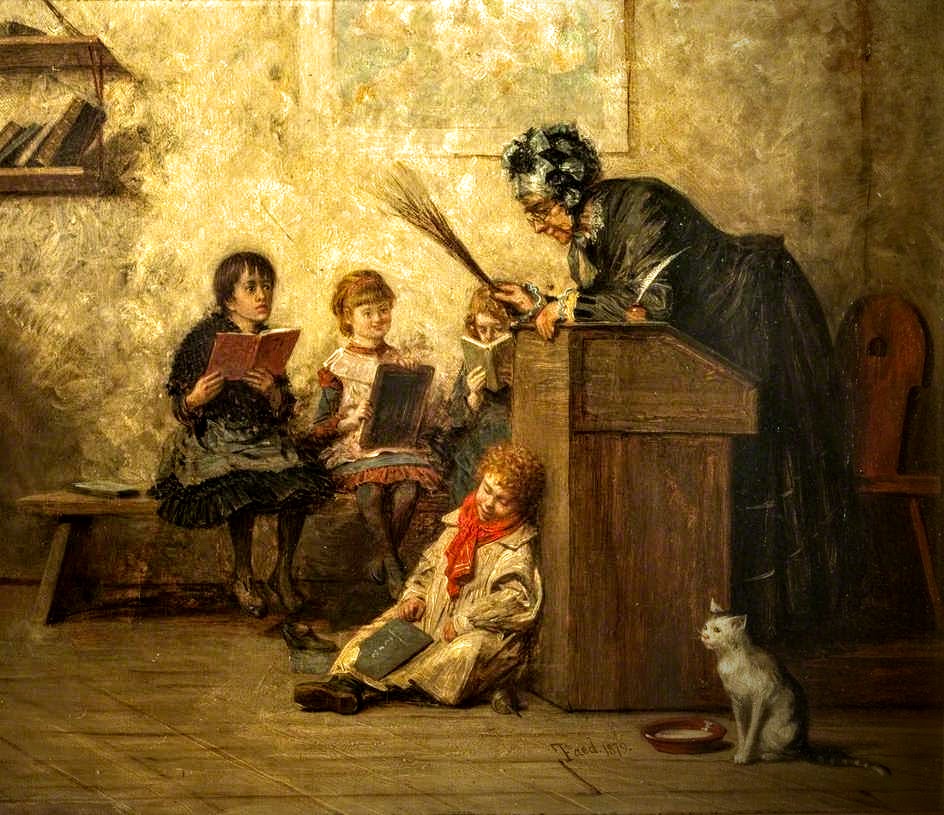This method is intended for teaching everyday language at the early stage of second/foreign language learning. It was based on a behaviorist approach, which held that language is acquired by habit formation.
After reading “The Audio Visual Method”, you can check important issues for ESL teachers on the section PDFs, and visit my channel on YouTube.
The audiovisual method refers to both sound and pictures which is typically in the form of slides or video and recorded speech or music; all is visual presentations that are shown by the teacher to the students. It can be called as a new trend because technology is used in this method such as, computers, televisions, language laboratories or the others which can support the teaching learning process in order to improve students’ skills.

The Teachers Role
However, unlike the Direct Method, the Audio-lingual Method didn’t focus on teaching vocabulary. Rather, the teacher drilled students in the use of grammar. Applied to language instruction, and often within the context of the language lab, this means that the instructor would present the correct model of a sentence and the students would have to repeat it. The teacher would then continue by presenting new words for the students to sample in the same structure. In audio-lingualism, there is no explicit grammar instruction—everything is simply memorized in form.
Potential offered to language teaching by tape-recorder was enormous – now possible to bring native speaking voices into classroom. Editing and self-recording facilities now available. Tapes could be used with tape recorder or in language laboratory. Early audio-visual courses consisted of taped dialogues, accompanied by film -strips which were designed to act as visual cues to elicit responses in the foreign language.
Dialogues
Most audio-lingual courses consisted of short dialogues and sets of recorded drills. Method was based on a behaviorist approach, which held that language is acquired by habit formation. Based on assumption that foreign language is basically a mechanical process and it is more effective if spoken form precedes written form. The stress was on oral proficiency and carefully- structured drill sequences (mimicry/memorisation) and the idea that quality and permanence of learning are in direct proportion to amount of practice carried out.
Disadvantages of Audio-Visual/Audio-Lingual Method
- The basic method of teaching is repetition. Speech is standardized and pupils turn into parrots who can reproduce many things but never create anything new or spontaneous.
- Pupils became better and better at pattern practice but were unable to use the patterns fluently in natural speech situations.
- Mechanical drills of early Audio-Visual approach criticized as being not only boring and mindless but also counter-productive, if used beyond initial introduction to new structure.
- Audio-Visual materials were open to same sort of misuse. Tendency to regard audio-visual materials as a teaching method in themselves, not as a teaching aid.
- Soon became clear to teachers that audio-visual approach could only assist in presentation of new materials. More subtle classroom skills were needed for pupils to assimilate material and use it creatively. This final vital phase was often omitted by teachers.
- New technology caught publishers and text-book writers unprepared. Very few commercial materials were available in the early stages. Those that did exist stressed oral and aural skills and didn’t develop reading and writing skills.
- New materials necessitated extensive use of equipment with all associated problems of black-out, extension leads, carrying tape-recorders from classroom to classroom.
- Some schools set up Specialist- Language rooms, but teachers still had to set up projectors and find places on tape.
- Equipment could break down, projector lamps explode, tapes tangle – not sophisticated equipment of today. Hardware involved extra time, worry and problems, and, for these reasons alone, its use gradually faded away.
- Series of classroom studies threw doubt on claims made for language laboratory. Showed that this costly equipment did not improve performance of 11+ beginners, when compared with same materials used on single tape-recorder in classroom.
The Technology in the Audio Lingual Method
But Audio-Lingual/(Visual approach did mark the start of the technological age in language teaching and it did introduce important new elements.
There was a study that the objective was the application of the audio-lingual method with the support of E-learning in the development of listening comprehension skills in English language teaching. The study was implemented with 58 students of English of level A2, divided equally, 29 for the experimental group where an intervention was carried out based on the method and use of E-learning, while 29 students were from the control group with a teaching traditional.
The analysis of the academic performance was based on the scores obtained by the students in the diagnostic test, the mid-term exam and the final exam. The results showed that there were significant improvements in the experimental group, exceeding the control group by 1.6 points in the average scores of the final test, which demonstrates the usefulness of the method.
This is the link to the study.
